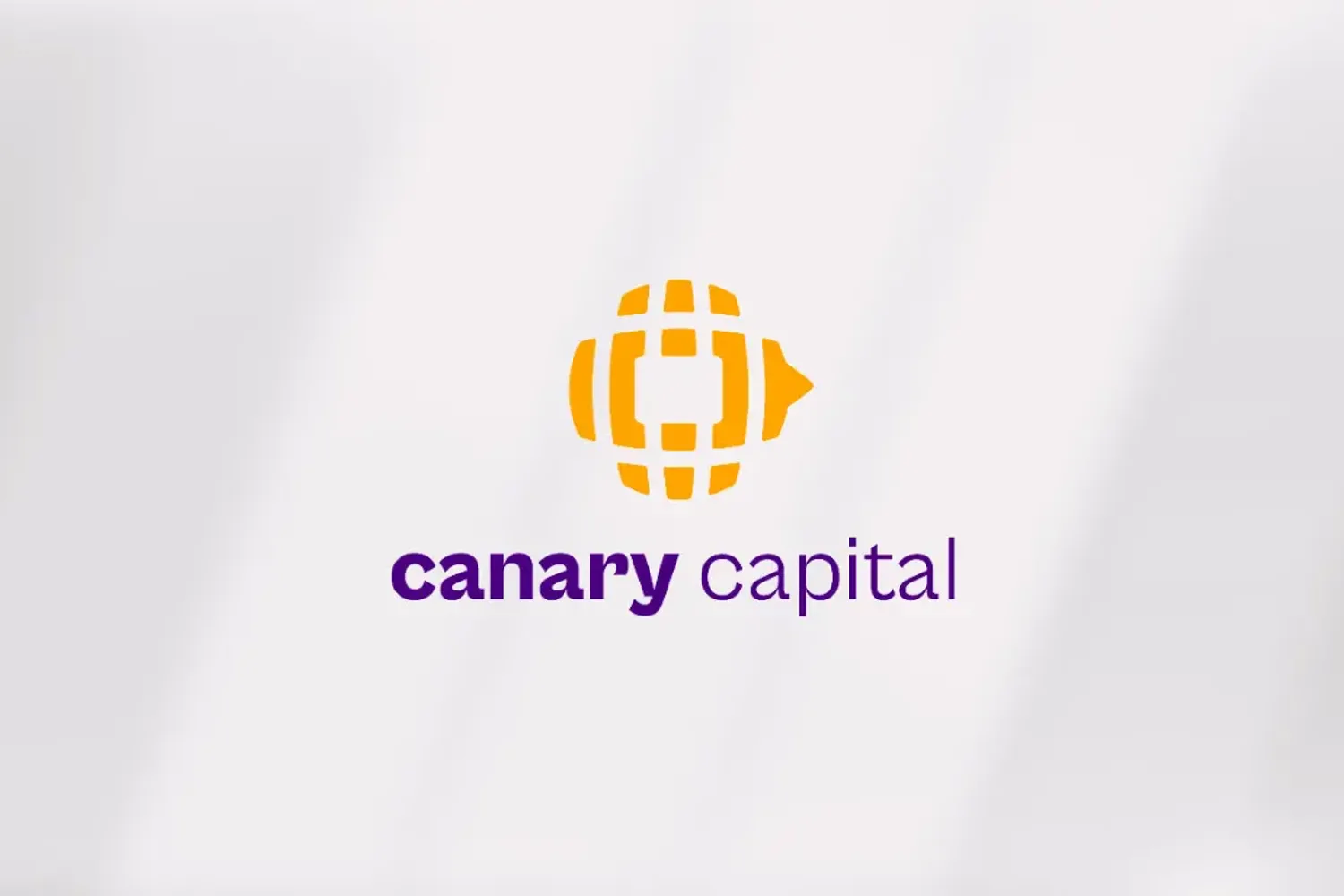- The new ETF gives investors regulated, direct exposure to XRP without needing to manage private keys.
- XRP facilitates cross-border payments, liquidity movement, and tokenization across financial systems.
- The XRPC launch on Nasdaq marks a major step toward mainstream adoption and investor access.
Canary Capital Group LLC, a digital asset–focused investment firm, has officially announced the launch of the Canary XRP ETF (NASDAQ: XRPC), a landmark moment for XRP and the broader crypto market.
The XRPC ETF provides spot exposure to XRP, the native digital asset of the XRP Ledger (XRPL), offering investors a regulated and accessible way to gain exposure without needing to manage private keys or crypto exchanges.
“XRP is one of the most established and widely used digital assets in the world,” said Steven McClurg, CEO of Canary Capital. “Accessibility to XRP through an ETF will enable the next wave of adoption and growth in a critical blockchain system.”
A New Chapter for XRP in U.S. Markets
The launch of XRPC marks the first-ever spot XRP ETF in the United States, coming at a time when the digital asset industry is evolving beyond Bitcoin and Ethereum.
Investors are increasingly drawn to tokens with real-world utility and institutional adoption, two areas where XRP has long been positioned as a leader. The XRP Ledger powers a global payment and settlement network designed to move value seamlessly and efficiently.
Built to make transferring money as simple as sending an email, XRPL settles transactions in seconds, with minimal fees and no reliance on intermediaries.
Also Read: VivoPower $0.47 XRP Accumulation: Here’s the Math Behind the 84% Discount Purchase
XRP: Built for Utility, Not Speculation
Unlike some digital assets designed as speculative stores of value, XRP’s primary purpose is practical and functional. It facilitates cross-border payments, asset tokenization, and liquidity movement between traditional and decentralized financial systems.
The network is capable of handling thousands of transactions per second, consumes minimal energy, and has operated reliably since its inception in 2012. As regulatory clarity improves and institutional use cases expand, XRP’s position as a bridge asset for global finance continues to strengthen.
Institutional Access Without Custody Complexity
The Canary XRP ETF (XRPC) allows investors to gain exposure to XRP without managing wallets or exchanges, simplifying institutional access to the asset. This move is expected to attract both retail and institutional capital, particularly from investors seeking diversified exposure to digital assets with tangible real-world adoption.
“We believe XRP will play a key role in the evolution of our global financial system,” said McClurg. “It’s a bridge between traditional finance and the blockchain economy, built for scale and enterprise utility. XRPC allows investors to participate in that evolution.”
What the Launch Means for XRP
The debut of XRPC represents more than just another crypto ETF — it signals a new phase of legitimacy and market maturity for XRP. With a regulated product now live on Nasdaq, XRP gains the same level of visibility and investor access as other leading cryptocurrencies that have previously received ETF approval.
As McClurg highlighted, XRP’s combination of liquidity, scalability, and institutional readiness positions it uniquely at the intersection of blockchain innovation and traditional finance.
With the U.S. spot XRP ETF now live, many analysts view this as a pivotal milestone that could unlock broader mainstream adoption and capital inflows, reinforcing XRP’s role as a global settlement asset for the next generation of financial infrastructure.
Also Read: Here Are Some Factors to Consider Before Making Your Next XRP Trade Amid ETF Launch

